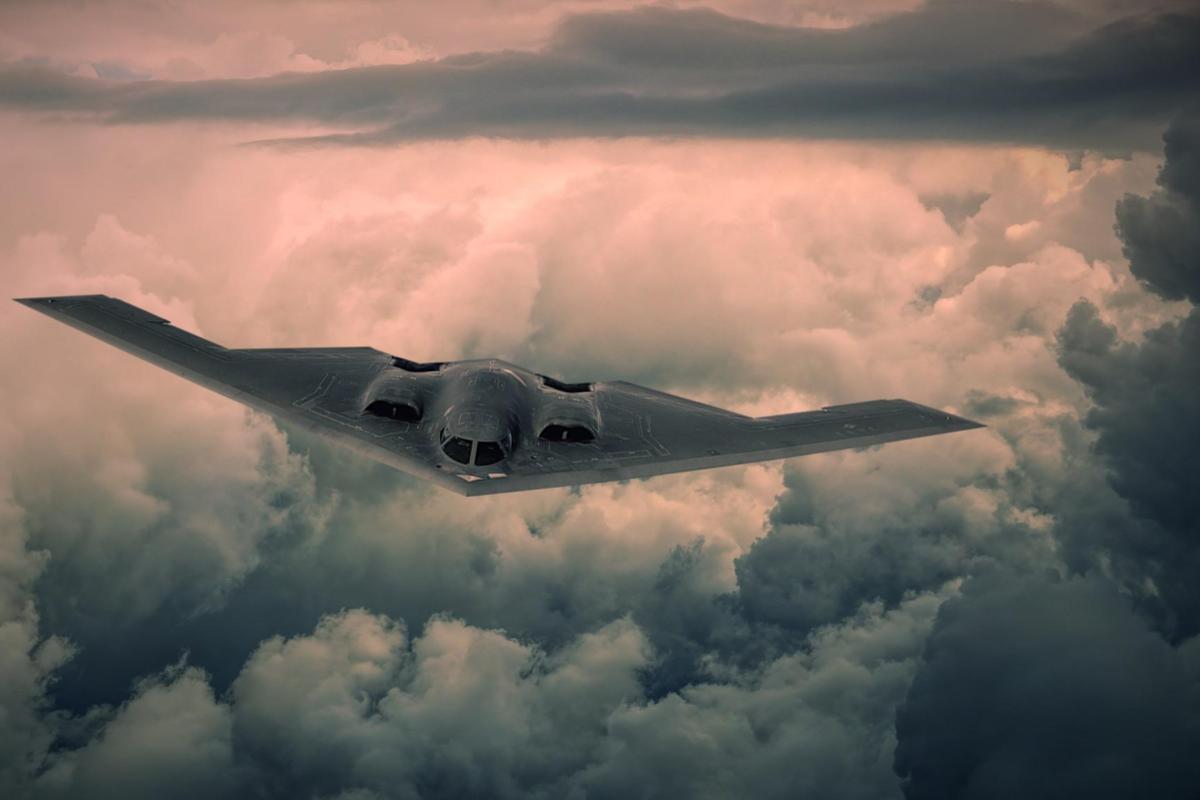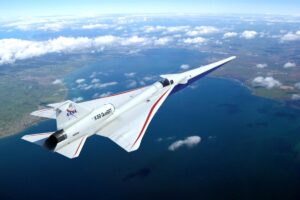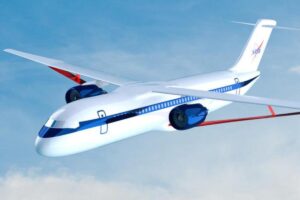Avionics Synchro Converters for Precise Data Translation
- Introduction
- Understanding Synchros in Avionics
- What Are Synchro Converters?
- Historical Context and Evolution
- Principles of Operation
- Types of Synchro Converters
- Key Applications in Avionics Systems
- Advantages of Synchro Converters
- Design Considerations
- Integration with Modern Avionics Architectures
- Comparison with Alternative Technologies
- Reliability and Standards Compliance
- Case Studies
- Future Trends and Innovations
- Conclusion
Modern avionics systems rely on precision, reliability, and integrity of signal transmission for safe and efficient aircraft operation. Among the various technologies enabling such capabilities, synchro converters play a pivotal role in translating analog position data into digital or compatible analog formats without sacrificing accuracy. This white paper explores the significance of synchro converters in avionics systems, the technology behind their functionality, and their impact on data integrity and system performance.
Synchros are electromechanical devices used to transmit angular position data. Widely employed in navigation and control systems, synchros represent rotational information via electrical signals, providing real-time position updates. Their robustness and ability to function in harsh environments make them ideal for aviation use.
Synchro systems generally include transmitters (TX), receivers (RX), control transformers (CT), and differential synchros. These components interact to convert mechanical rotation into variable voltage outputs that mirror the shaft angle.
Synchro converters are electronic modules that translate synchro signals into digital or alternate analog formats for use by flight computers, autopilots, and cockpit displays. They perform high-precision mathematical transformations, typically converting the sine and cosine outputs of a synchro to a digital angle in degrees or radians. These converters are essential in bridging the gap between traditional analog avionics components and modern digital systems.
The origin of synchro technology can be traced to early 20th-century naval systems. With the advent of aviation, synchros were adapted for aircraft navigation and instrumentation. Initially, synchros interfaced directly with cockpit gauges and control surfaces. However, as fly-by-wire and glass cockpit systems emerged, the need arose to convert synchro data into digital formats, giving rise to synchro converters.
Early converters were bulky and analog-based, offering limited precision. The transition to solid-state electronics and microprocessor-based designs in the 1980s and 1990s significantly improved accuracy, miniaturization, and reliability.
Synchro converters function by demodulating the synchro signal, extracting the sine and cosine voltages corresponding to the rotor angle. These analog voltages are digitized using high-resolution analog-to-digital converters (ADCs). The digital signal is then processed using trigonometric functions to compute the exact angle.
A basic synchro output can be represented as:
- S1 = Vsin(θ)
- S2 = Vsin(θ + 120°)
- S3 = Vsin(θ – 120°)
Using these signals, the converter performs real-time calculations to determine the shaft position with high fidelity.
Several types of synchro converters exist, depending on the application and signal direction:
- Synchro-to-Digital Converters (SDC): Convert synchro signals to digital outputs.
- Digital-to-Synchro Converters (DSC): Generate synchro signals from digital inputs.
- Resolver-to-Digital Converters (RDC): Similar in function but used with resolvers.
- Digital-to-Resolver Converters (DRC): Produce resolver-format signals from digital sources.
- Synchro-to-Resolver and Resolver-to-Synchro Adapters: Allow interoperability between legacy systems.
Each type is optimized for different levels of accuracy, speed, and interface compatibility.
Synchro converters are used in various critical applications:
- Navigation Systems: Convert heading, attitude, and position data for inertial navigation systems (INS) and GPS receivers.
- Flight Control Systems: Provide feedback on control surface positions to flight control computers.
- Cockpit Instrumentation: Feed heading indicators, attitude displays, and artificial horizons.
- Autopilot Systems: Enable precise control inputs based on real-time orientation.
- Radar and Antenna Positioning: Translate antenna rotation data for tracking and targeting.
The use of synchro converters in avionics provides multiple benefits:
- High Accuracy: Digital computation ensures precise angle conversion.
- Noise Immunity: Differential signaling and filtering techniques minimize electromagnetic interference (EMI).
- Compact Size: Modern devices are small and lightweight.
- Legacy Support: Interface legacy analog systems with digital avionics.
- Real-Time Processing: Fast computation speeds ensure minimal latency.
- Redundancy: Can be designed with fault-tolerant features for safety-critical operations.
Several factors influence synchro converter design:
- Input Range and Frequency: Must match the synchro signal parameters.
- Resolution and Accuracy: Often 12-bit to 16-bit outputs are used for high precision.
- Latency: Minimizing conversion delay is crucial for real-time systems.
- Power Consumption: Especially critical in UAVs and space-constrained environments.
- Temperature Range: Must withstand extreme aviation temperatures.
- EMC/EMI Compliance: Must meet MIL-STD-461 or DO-160 standards.
As avionics move toward open systems and modular architectures like FACE (Future Airborne Capability Environment) and MOSA (Modular Open Systems Approach), synchro converters must offer standardized interfaces. MIL-STD-1553, ARINC 429, and Ethernet outputs are commonly supported for compatibility.
Some systems integrate converters within multifunction processing units, reducing wiring and increasing reliability. Firmware-upgradable devices allow field updates and system-wide integration.
While synchros are still prevalent, alternatives such as optical encoders, Hall effect sensors, and MEMS gyroscopes are gaining ground. However, synchro converters offer distinct advantages:
- Resilience to EMI and vibration.
- No need for line-of-sight (unlike optical systems).
- Established industry standards.
Still, the choice depends on mission profile, budget, and system compatibility.
Aerospace-grade synchro converters adhere to rigorous standards:
- MIL-STD-461: Electromagnetic compatibility.
- DO-160: Environmental conditions and test procedures for airborne equipment.
- MIL-STD-704: Aircraft electrical power characteristics.
- RTCA DO-254: Design assurance for airborne electronic hardware.
Reliability is ensured through redundancy, fault detection, self-test capabilities, and long mean time between failures (MTBF).
Case Study 1: Military Jet Navigation Upgrade A legacy fighter jet was modernized with a digital flight computer requiring position data from analog synchro sources. Synchro-to-digital converters enabled seamless data integration without replacing the mechanical components.
Case Study 2: UAV Flight Stabilization An unmanned aerial vehicle (UAV) used synchro converters to interface gyroscopic data with its autopilot system. The digital conversion ensured precise control and stability in variable atmospheric conditions.
Case Study 3: Commercial Aircraft Cockpit Modernization A commercial aircraft retrofit used synchro converters to upgrade traditional analog cockpit instruments to modern digital glass displays, improving pilot situational awareness.
Future developments in synchro converters include:
- AI-Enhanced Signal Processing: Improving accuracy through adaptive filtering.
- Miniaturization: Further reductions in size and weight for UAV and CubeSat applications.
- Increased Integration: Combining multiple converters in single chips.
- Cybersecurity: Protecting converted data on digital buses.
- Additive Manufacturing: Enabling custom, application-specific designs.
As the aerospace industry embraces digital transformation, synchro converters will evolve to support increasingly complex avionics ecosystems.
Synchro converters are vital to the integrity, precision, and modernization of avionics systems. Their ability to accurately translate analog position data into digital formats ensures compatibility between legacy hardware and contemporary flight control systems. As the aviation landscape evolves, synchro converters will continue to play a central role in achieving safe, efficient, and integrated aircraft operations.





